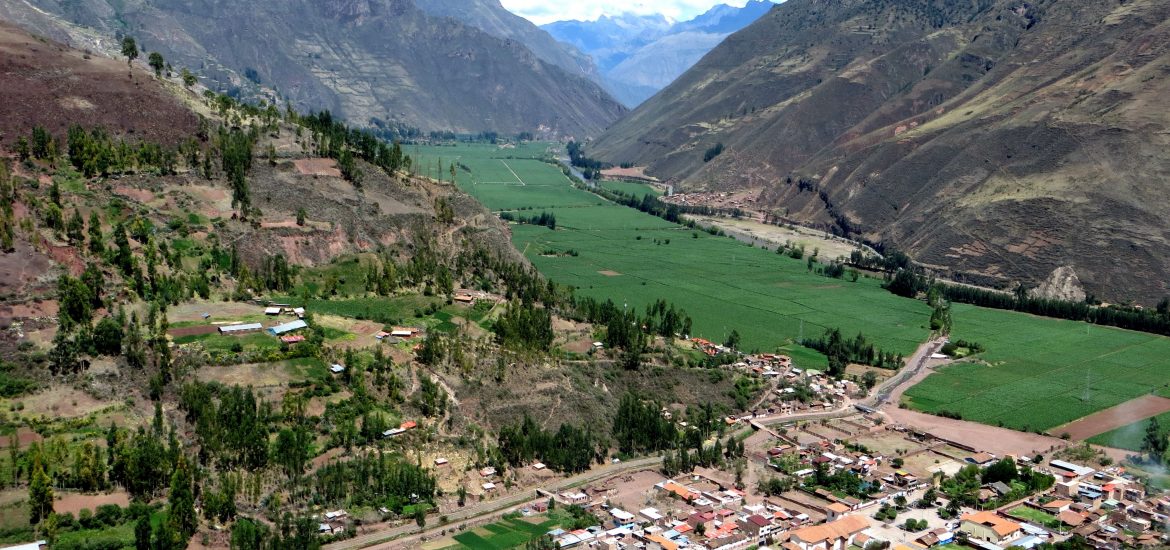When people plan to travel to Peru, the first places that come to mind are the famous Machu Picchu citadel itself and the charming Cusco City. This is totally right since we are talking about one of the 7 Wonders of the Modern World and a destination that is practically our postcard.
However, have you ever wondered how many more activities and places you may see in this region? We may, for instance, emphasize the Inca Trail’s attraction and its beautiful and historical surroundings. Don’t worry if you’re still not quite clear; we’ll go into much more detail on the topic below.
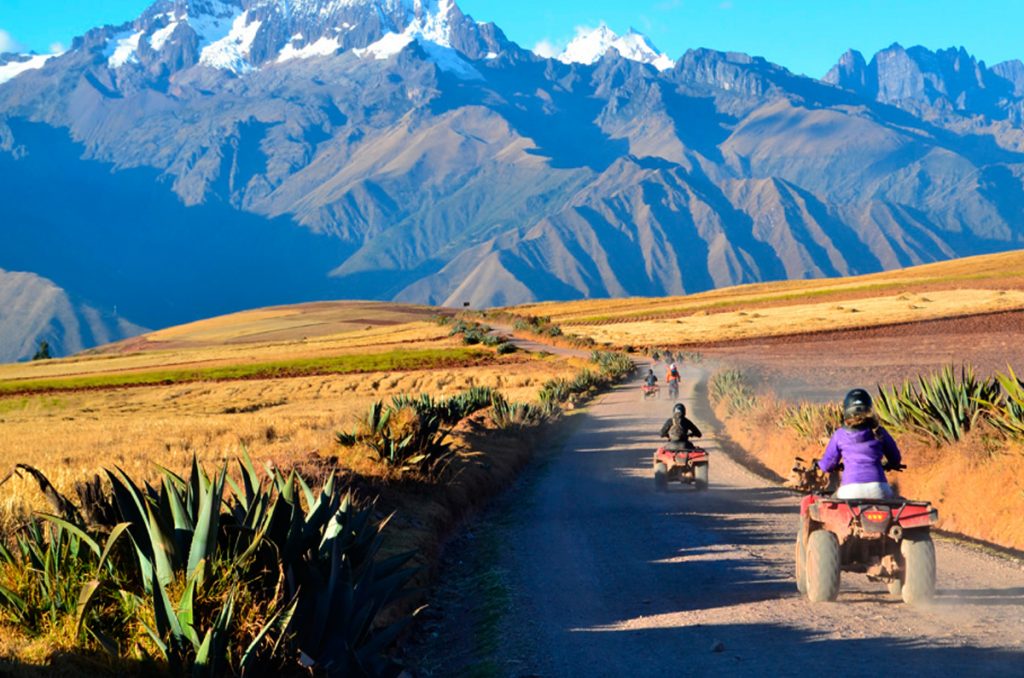
In this article, we will mainly recommend the attractions located in Urubamba Valley, full of stories and natural wonders near Cusco that you need to know: the Sacred Valley of the Incas. This destination comprises several villages formed along the banks of the Urubamba River. The Sacred Valley is practically an open-air museum, with numerous archaeological sites showing how life was during the Inca period.
As the traditions and customs of the people living in the Sacred Valley are still influenced by their ancestral peoples, there is a special blending of the past and the present. According to Inca priests, the region’s name originates from its similarity to the Milky Way and its lush terrain that produced abundant crops. It is simple to plan a tour of this holy valley while in Cusco, and it can be a great idea if you are heading to Machu Picchu.
Pisac Ruins
Located about 30 kilometers from Cusco is a small village called Pisac, it can be said that this is one of the most representative places of the Inca Empire. In cultural terms, the entire Sacred Valley of the Incas is marked by ancestral traditions, and great mysticism, in addition to historical marks, as one of the main archaeological sites in the region.
Pisac is a destination that delights its visitors by providing a much more intense and close contact with the reality of life and the residents, in addition to having much more empty scenarios than what is found in the main tourist attractions of the Imperial City of the Incas.
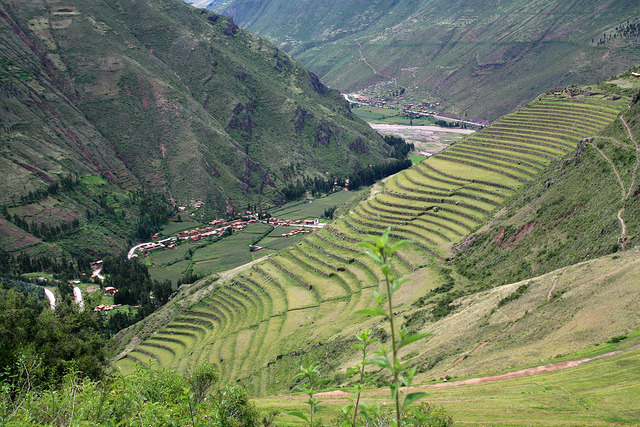
Among what is possible to discover in this village is the Artisan Market of Pisac, where people from numerous regions belonging to different Andean cultures meet to sell their products, from handicrafts to food. You can find everything here, especially if your visit is on a Sunday.
In addition, for those interested in archaeology, a tour of the Pisac Archaeological Site is a must. This Inca structure was built under the order of Inca Pachacutec which has the shape of a partridge that exists only in this region. To learn more, explore our guide to Pisac in the Sacred Valley of the Incas!
Ollantaytambo
Without a doubt, these Inca ruins may even be a small town in the Sacred Valley region, but what it represents historically is huge. According to some researchers, Ollantaytambo would have been the last Inca refuge during the colonization period, where this civilization hid, defeated Spanish troops, and then fled for protection in the jungle.
Even now, its original features—like, say, its distribution—remain intact, as does its structure. Apart from the city, the Ollantaytambo Archaeological Site and the Pinkuylluna Warehouse are other locations that were significant in Inca history.
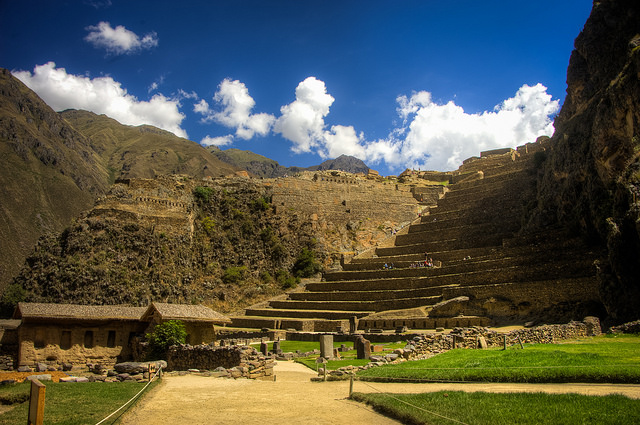
In these attractions it is possible to understand a little about the administrative understanding of the Inca people, in addition to visit the ceremonial center, both within the archaeological site that you can visit using the Cusco Tourist Ticket; and see up close example of the intelligence of this civilization that built a warehouse in the cold vicinity of a mountain to conserve its food.
Moray Ruins
This is an impressive sight, as much for its engineering and structuring as for its purpose. It is a group of circular structures, called different ways: “the Agricultural Laboratory”, “Agricultural Terraces” or “ Moray Agricultural Terracing”. Built by the Inca people who, realizing the need to expand their access to nutritional elements, that is, wishing to grow new foods, designed them to achieve this goal.
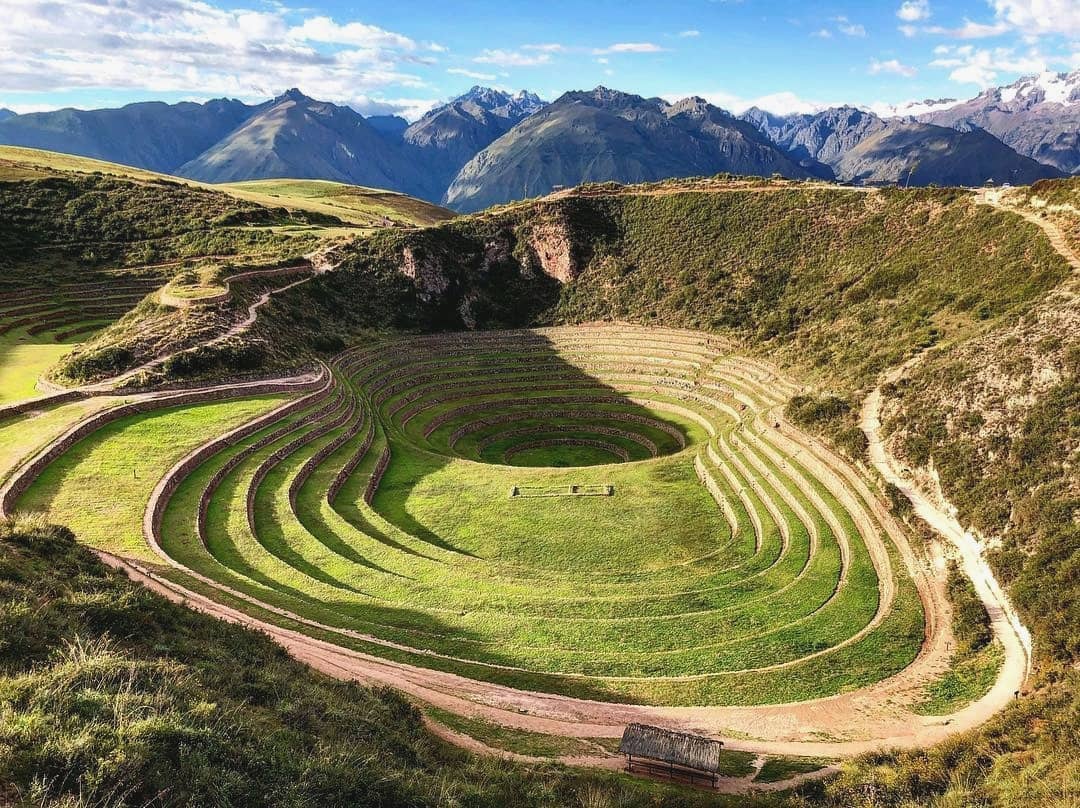
This relationship worked as follows: these structures had different levels of “steps”, in this way. It was feasible to establish a type of microclimate in each of them so that other vegetables might be grown there by their particular climate requirements.
It is believed that about 250 species of plants have been cultivated in this place, however, there is information that remains a little uncertain, such as the number of people fed by this production. Since it is estimated that it would be enough for, at most 45 people, or if the place was in operation when the Spanish invasion took place. Either way, it’s worth getting to know this other side of Inca history.
Maras Salt Mines
Maras is the perfect combo, as it combines a fascinating setting with history and tradition that still lives on and endures for centuries. Salineras de Maras, or Maras Salt Mines are a group of salt pits extracted from mines that are scattered along a cliff on Qaqahuiñay Mountain.
This set of mines totals about 3000 wells, which were built between 500 BC and 1100 BC for one culture before Inca times, the Huari culture. These salt pans are still in operation today and are managed by local families, who receive around 5 wells to manage and sell the extracted salt.
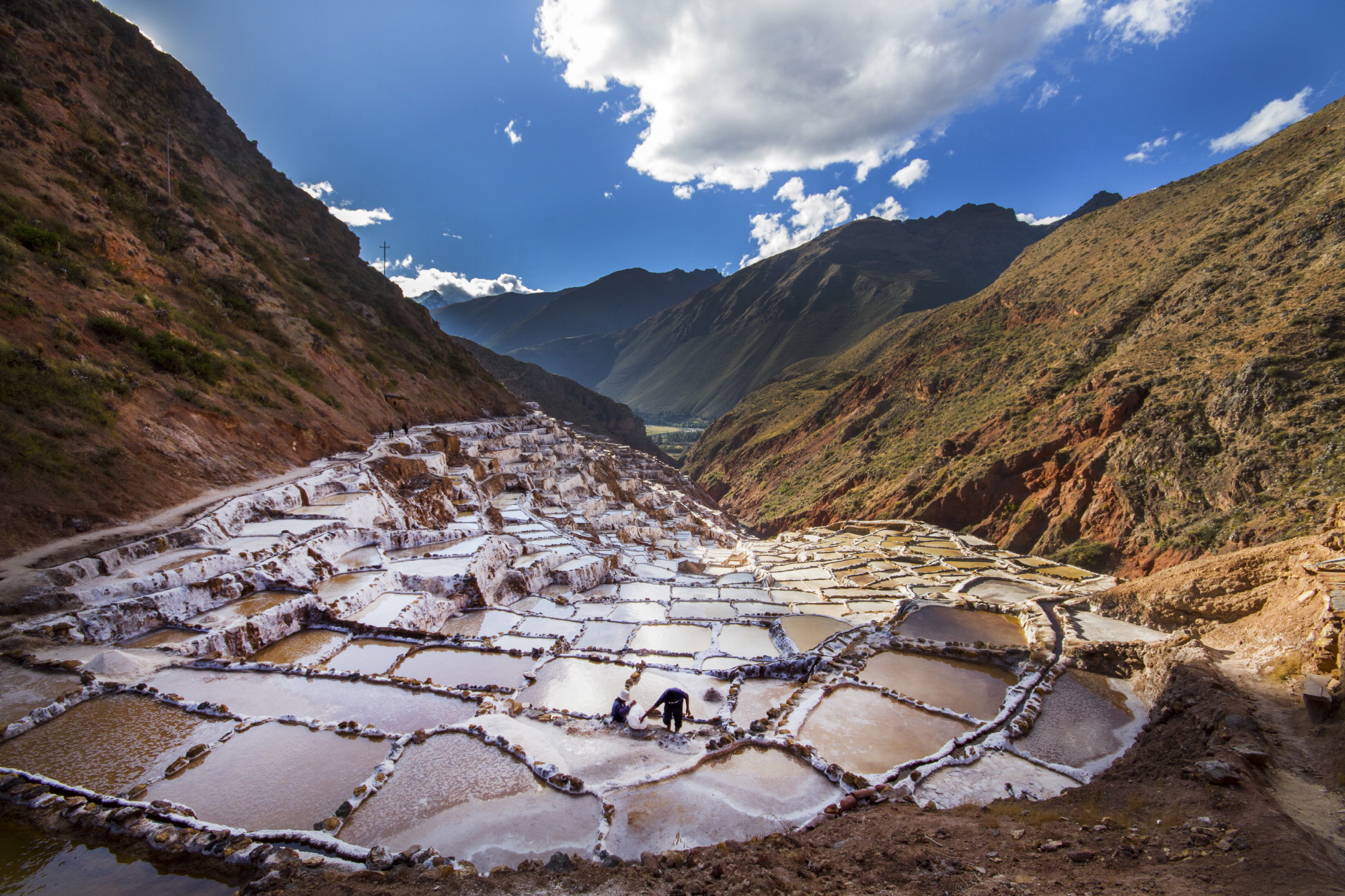
Several studies show that Maras Salt has many health benefits, including being the best choice for people with high blood pressure, having multiple minerals in its composition, and helping to alleviate skin issues and swelling. Additionally, you have the option of taking an ATV excursion or a traditional tour to Maras Salt Mines!
Chinchero
Chinchero is one of the cities in the Sacred Valley of the Incas with great appreciation for its secular traditions, being one of the few that has maintained its ancestral customs over time, even though the place has gone through a history of invasions and a mixture of cultural influences.
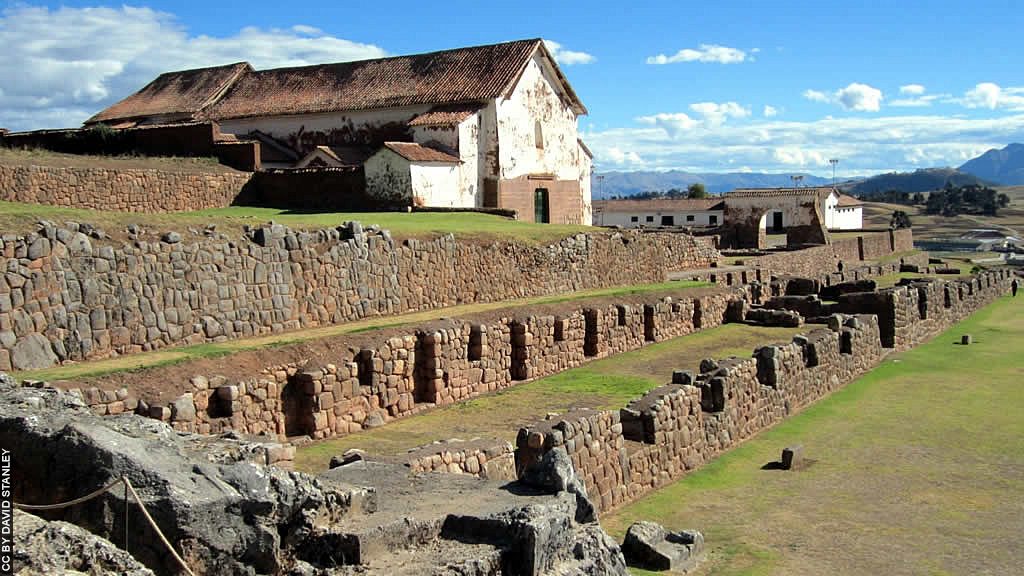
The visit is valid for those who like to travel back in time and imagine what life was like many years ago when civilizations that preceded the Incas inhabited the region. de Chinchero and the Artesanal Market, where the best fabrics are sold.
Now you are ready to make your perfect itinerary through the region, knowing the best attractions to visit. For even more inspiration, we recommend that you discover other packages to the Sacred Valley of the Incas and other destinations in Peru!
If you still have doubts, don’t worry, our team is always available to assist you in the best way and make your dream trip through the ancient country of the Incas come true, with tailor-made itineraries, so contact us now for more information!
| Spanish > Viagens Machu Picchu |
| English >Viagens Machu Picchu |
| Portuguese > Viagens Machu Picchu |

